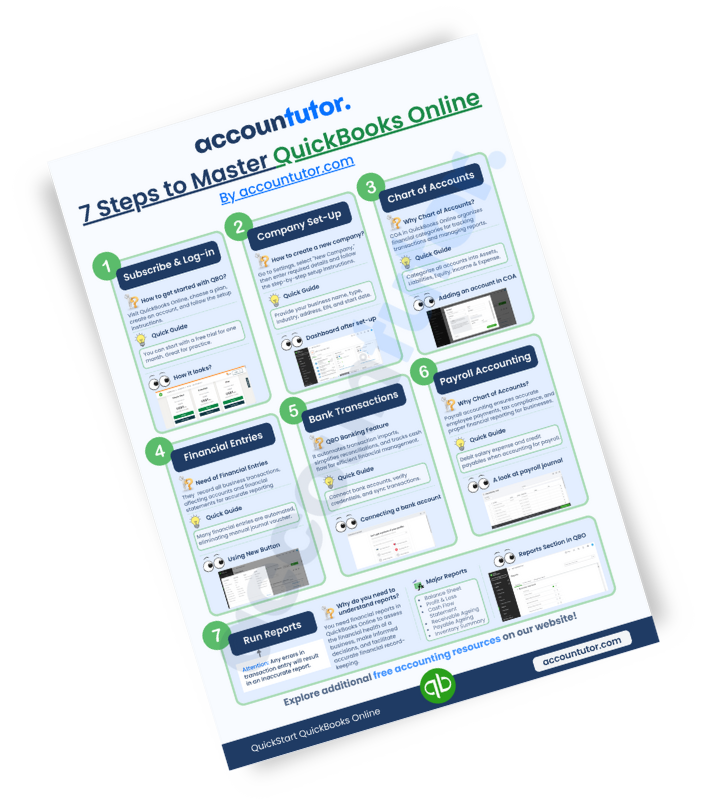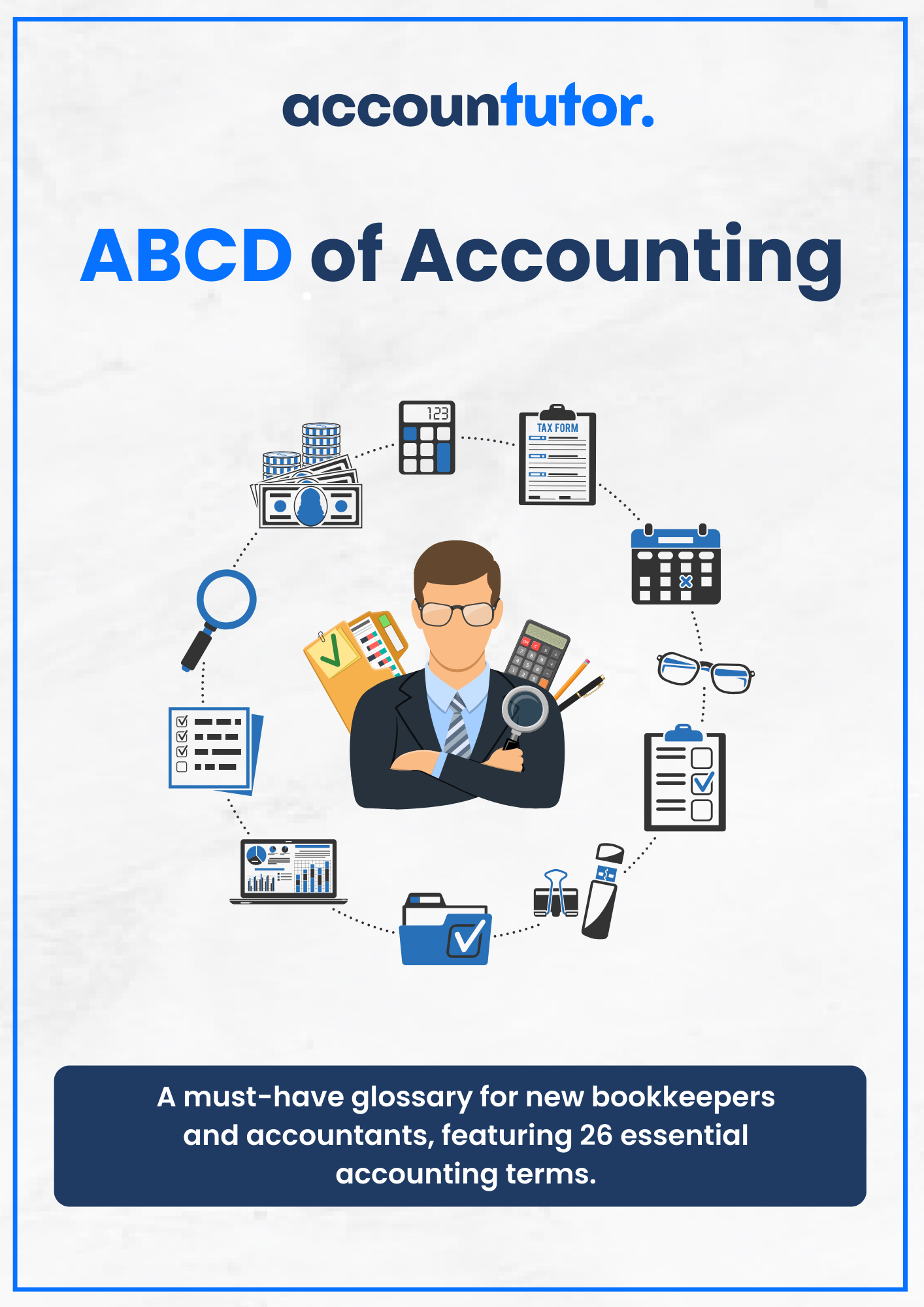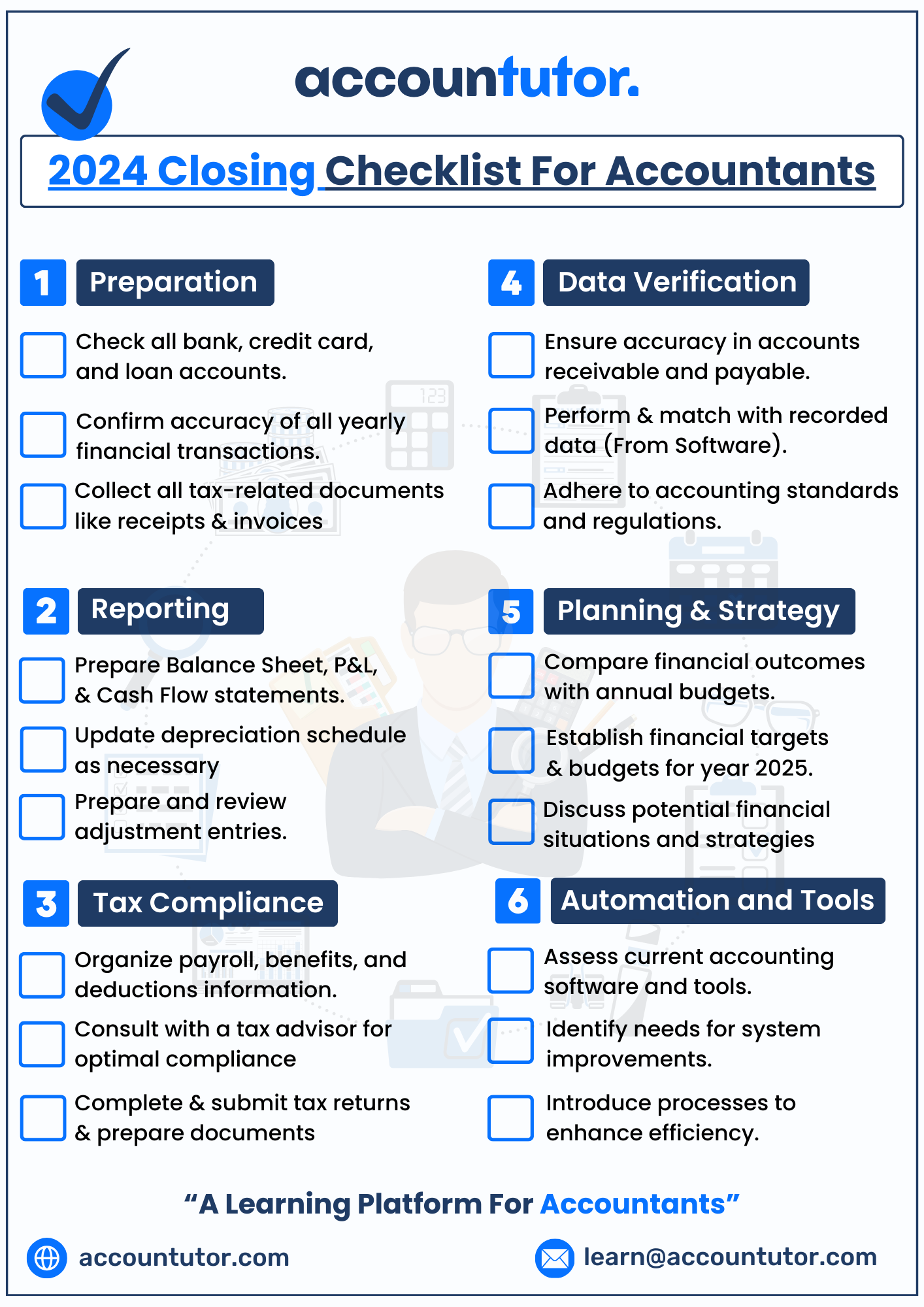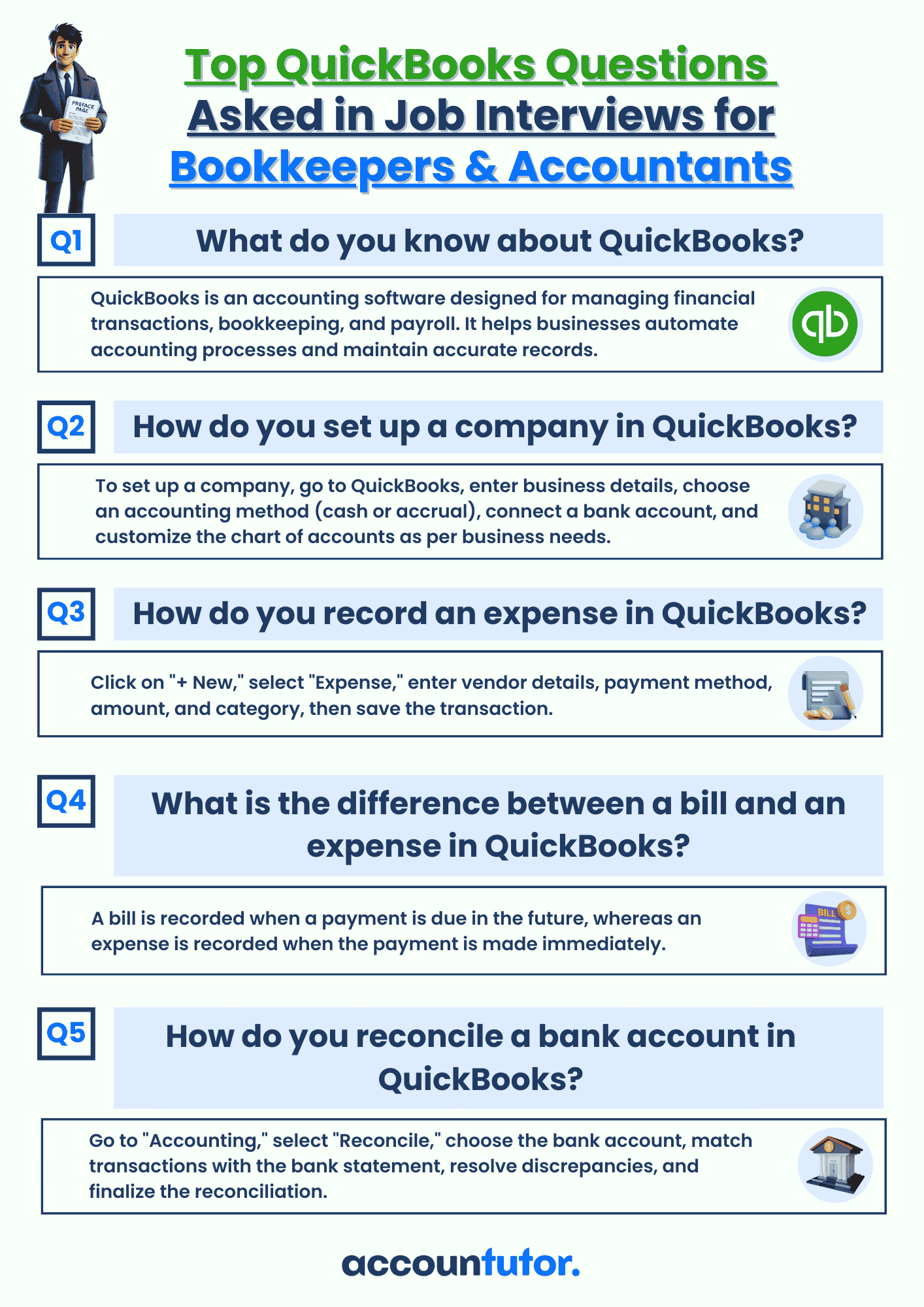Depreciation Methods
-
Why Do We Depreciate Assets?
-
Common Depreciation Methods
Common
Bookkeeping Accounts
“Depreciation is how businesses account for wear and tear or aging of long-term physical assets over time.”
This helps match the cost of the asset to the revenue it helps generate.
1. Why Do We Depreciate Assets?
Assets like computers, delivery trucks, or furniture don’t last forever. They lose value as they are used or become outdated. Depreciation makes your financial reports more accurate by showing how much of that asset’s value has been "used up" each year.
2. Common Depreciation Methods
There are a few common ways to
calculate depreciation, and the method you choose affects how much expense you
report each year.
The most basic method is called Straight-Line
Depreciation. Here, the asset’s cost is divided equally over its useful life.
For example, if a laptop costs $1,000 and will last 5 years, you record $200
each year as depreciation.
Another method is Declining
Balance Depreciation. This method applies a fixed percentage to the asset’s
remaining value each year. So, if a vehicle costs $10,000 and the rate is 20%,
the first year’s depreciation is $2,000. The next year, you apply 20% to the
remaining $8,000, which gives you $1,600—and it continues like that.
The third method is Units of
Production Depreciation. This is used when the asset’s value depends on how
much it’s used. If a machine is expected to produce 10,000 units and it costs
$5,000, each unit “uses up” $0.50 of value. If the machine produces 2,000 units
this year, you record $1,000 as depreciation.
Each method has its own use. Choose the one that fits your business best.
Key Takeaways
✅ It reflects wear, tear, and usage of long-term assets
✅ Straight-line is simple and spreads cost evenly
✅ Declining balance gives higher expense early on
✅ Units of production ties cost to actual use
Access all Accounting and Bookkeeping Courses from One Portal.
Mastering Bookkeeping and Accounting
QuickBooks Online For Bookkeepers
Xero Accounting For Bookkeepers
ChatGpt for Bookkeepers and Accountants
Subscribe to our newsletter
Policy Pages






